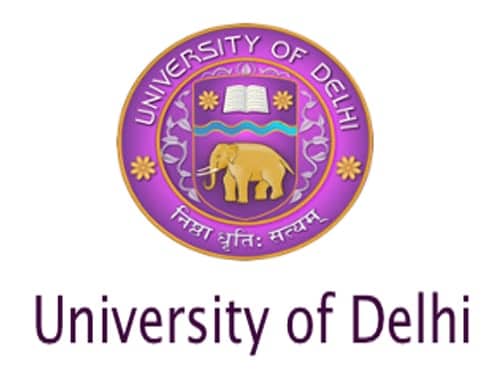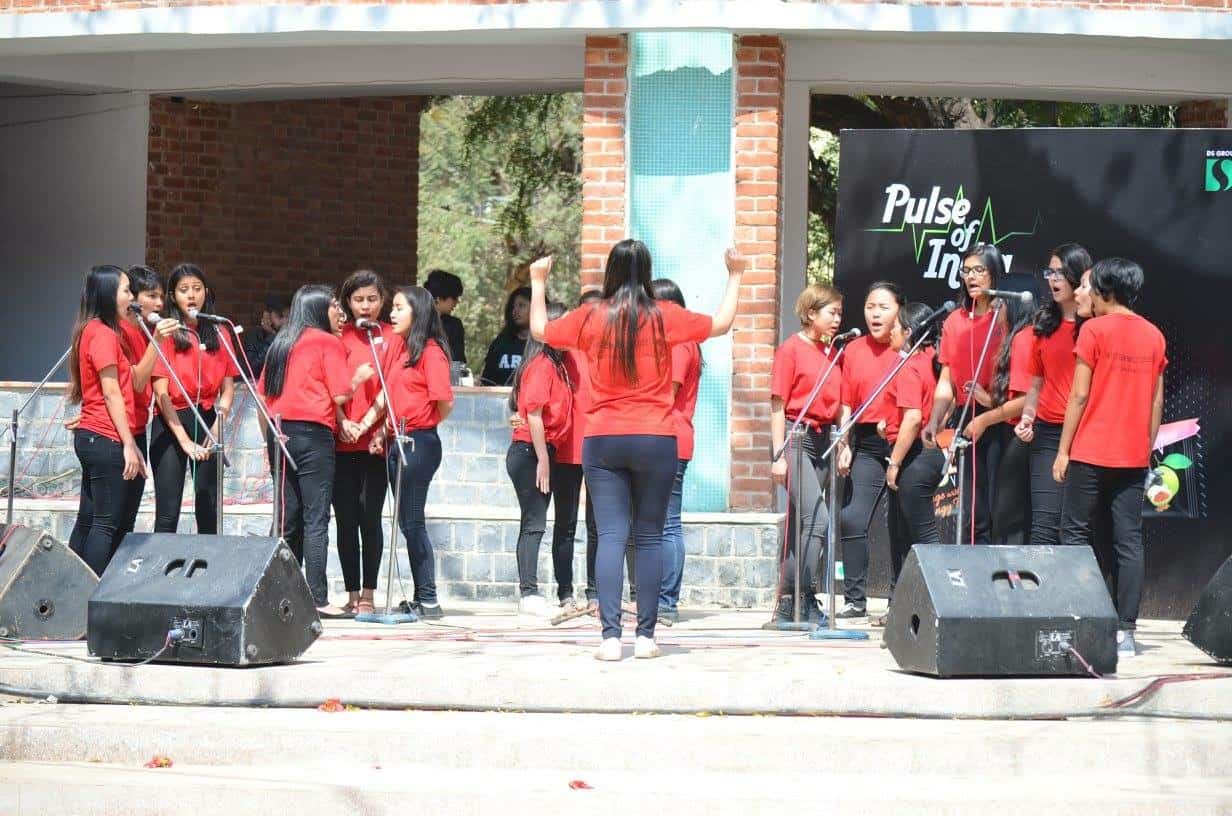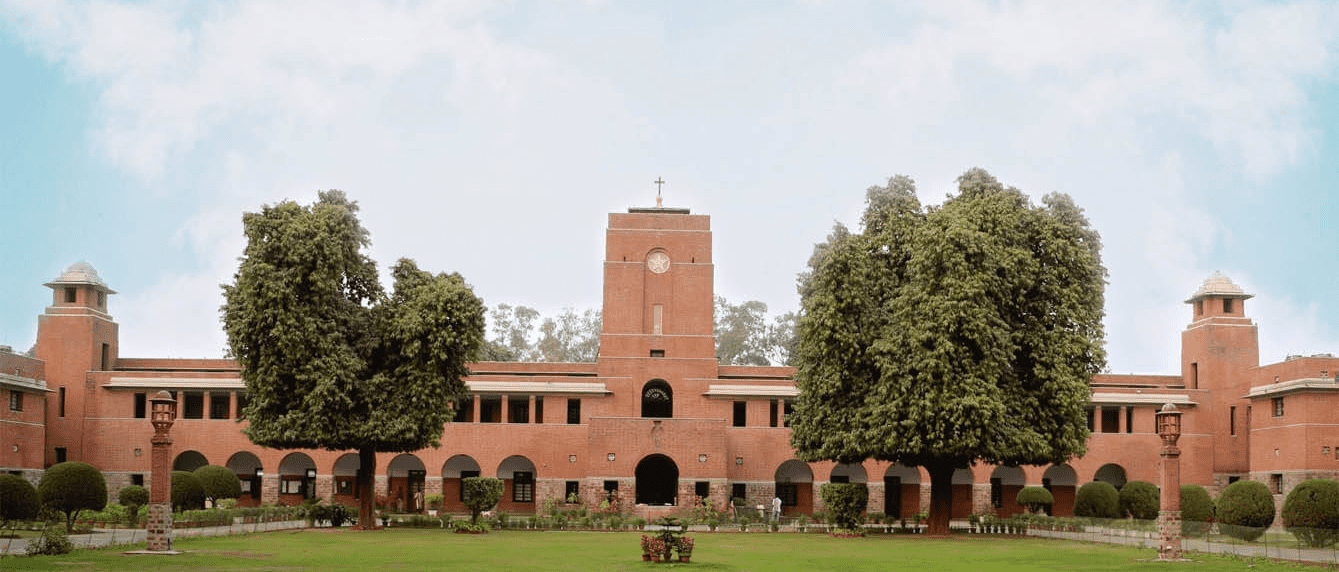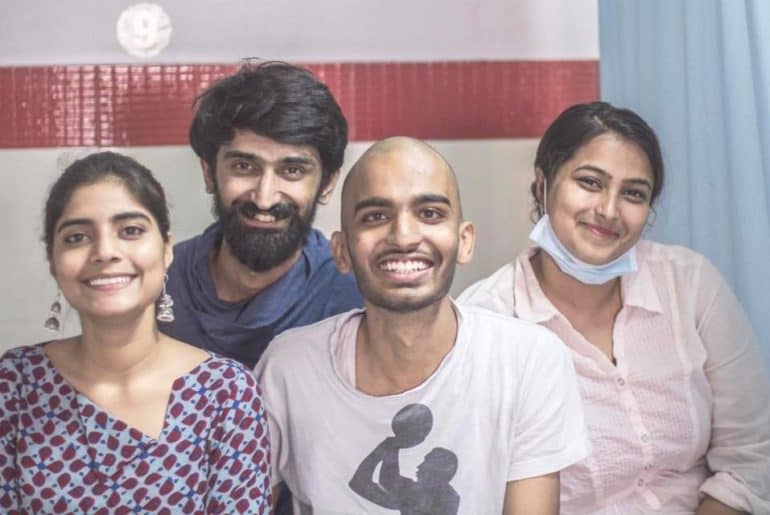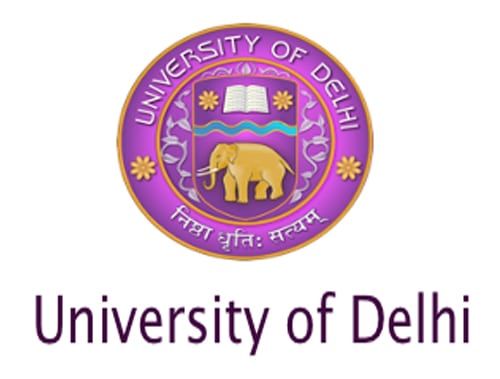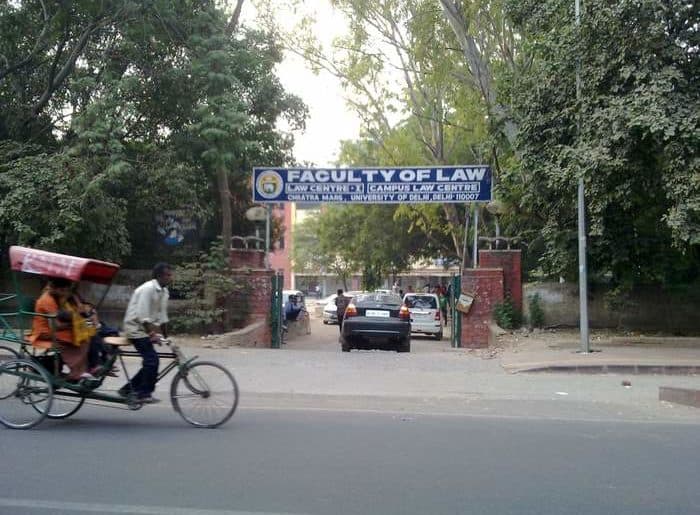A page in CB Gupta’s book, Basic Business Communication, for Semester VI for B.Com (Hons.), University of Delhi recently sparked debate, as it unequivocally equated certain gender norms and misogynistic views with the acceptable rules of the business world. The text seemed to put forward an undertone of ‘casual sexism,’ brimming with what a woman should and shouldn’t do.
The content in the textbook

On this page, highlighted is a text about how email etiquette should be followed. Under brief, it has been stated that- EMAILS SHOULD BE LIKE SKIRTS- Short enough to be interesting, long enough to cover all the valid points.
- Long skirts: Covers all valid points but doesn’t arouse interest of people.
- Miniskirts: Arouses interest but doesn’t cover all the valid points.
- School skirts: We have them as a part of our school uniform. Are they short enough to keep things interesting, sir?

Here is a line in a passage in the book about Inattention:
A clerk does not listen to his boss’ instructions attentively as his attention is distracted by the attractive make-up of the lady typist, who has just entered the office.

And, the following lines in the passage about Silence are reeking of fallacies:
Sometimes, silence can most effectively express the response or reaction to a communication. For instance, a youngman proposes to his beloved. The girl says nothing but blushes or smiles. She has accepted the proposal without uttering a word. Nothing can express her reply more effectively than her silence.
Let’s break down the erroneous tone of this text
The benign field of education, in its absolute existence devoid of any corrupting dynamics, is magnificent. A generation of children, teenagers, young adults, and adults brimming with ideas, questions, visions, and passion should ideally channelise a rewarding avenue of knowledge exchange. Cut to 2017, where the realms of knowledge are most strategically ruled by numerical competition and an increasingly myopic vision. How did we come about this transition to value the disadvantageous ways of rote-learning is a question for another day; what perturbs me is a matter graver. Fact #1: Everything which occupies a position in the social, cultural, and political milieu is greatly dependent on the functioning of other spheres. Why? Societal construct, nothing takes place in a vacuum environment, and is influenced by innumerable issues.
This finally brings us to answering why education is the way it is today. The minds which write, the minds which teach are the product of centuries of learnings and ideologies interpreted by them in a particular manner. Fancy a shade of idea to be a white light, which passes through a prism only to emerge in seven different shades of meaning. Only in reality, the nuances of meaning and understanding spill into a number more than seven. While some literature can thus be termed to be progressive, others might still be grappling with regressive norms which flourish without any rhyme or reason.
The apparent power dynamics riddling gender relations is a cyclic truth which presents itself in waves and instances; often denied and disguised by those who are in possession of a greater degree of power. Nevertheless, the rhetoric of ‘because you’re a girl/boy’ or ‘girls/boys are supposed to act in an xyz manner’ have been iterated and reiterated over time, with a growing consciousness of their extremely problematic nature. We’ve been told what to say, what to eat, how to act, how to react, how not to express, how not to behave, how to accept the century-old pieces of undermining texts as tradition, and how to fool ourselves into believing that the choice remains to be ours.
Returning to the idea which the text seems to propagate, who is equipped to answer the shortness of a miniskirt or the longitude of a decent skirt? By preaching that miniskirts only serve the purpose of arousing interest but fail to cover the moral quotients of importance, why is this noble tool of education being turned into yet another way of repressing and subservience? In the last example, there is only one thing that can more succinctly express her reply: a ‘yes.’ This snippet of a romantic tale needs to be seen in a different light. It marks the harmless spawning of an erroneous culture. The very idea that it is acceptable for a woman not to utter a word about matters concerning her marriage bears a semblance of the stark reality.

The book is riddled with inconsistent instances, experienced personally, but aimed to showcase it for the students to read and deliberately conform.
The author’s say
When speaking to a popular national daily, Professor CB Gupta expressed regret and commented, “I have already deleted the statement from my book. I will also advise the publisher to remove the content before publishing a latest edition.”
“It was not to hurt anyone. I took the analogy from an article written by a foreign author,” Gupta said, when asked about the basis where this analogy stemmed from.
“A textbook should be neutral and provide balanced viewpoints and leave the rest to the student to form an opinion. Such controversies will create more awareness among textbook authors,” said a DU professor who wished to remain anonymous.
The road ahead
The distinguished Greek philosopher, Socrates, has a plethora of teachings to interest the readers of today. The one which stands out starkly opines, “People can arrive at the truth through questioning.” And this is the revival today’s educational milieu needs. The text preached a deeply contentious idea and floated it to be assimilated by thousands of impressionable minds. The counter action fairly calls for a profound manner of learning, one which seeks to question and contest. We ask anyone who proudly propagates this deceptively innocent theory: which orthodox and misogynistic repartee do you seek to disseminate by equating the length of our skirts with the appropriateness of an email?
Ask, and only then you can arrive at the culturally biased and prejudice-tainted ambit of truth. This is the misogyny-riddled education of today, welcome.
Feature Image Credits: Allbooksonline
Saumya Kalia
[email protected]

